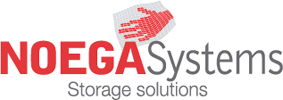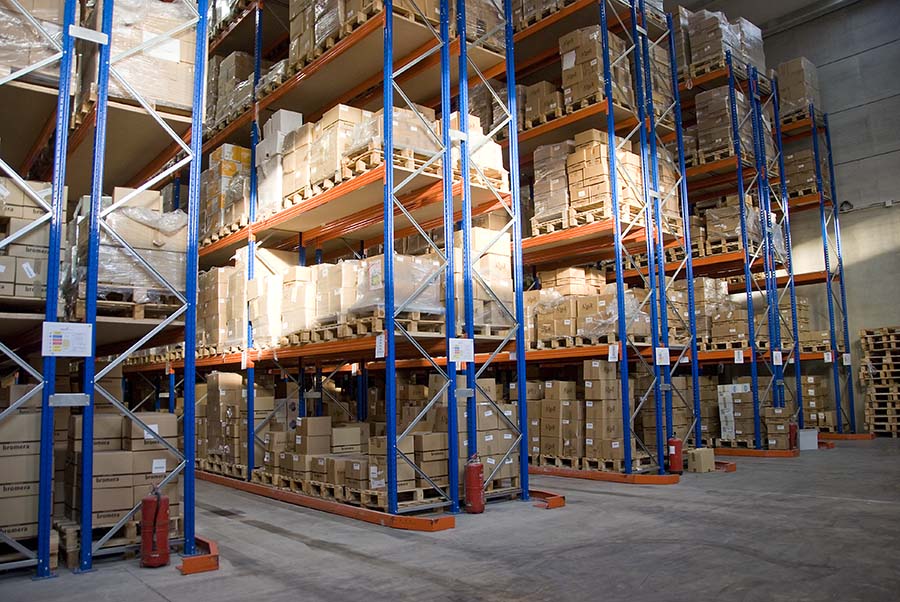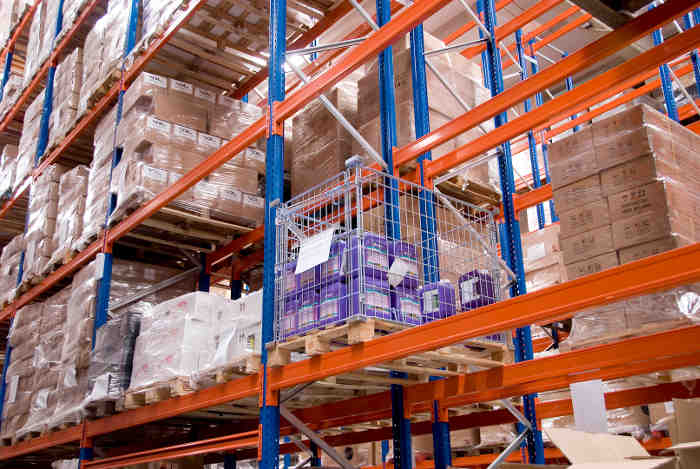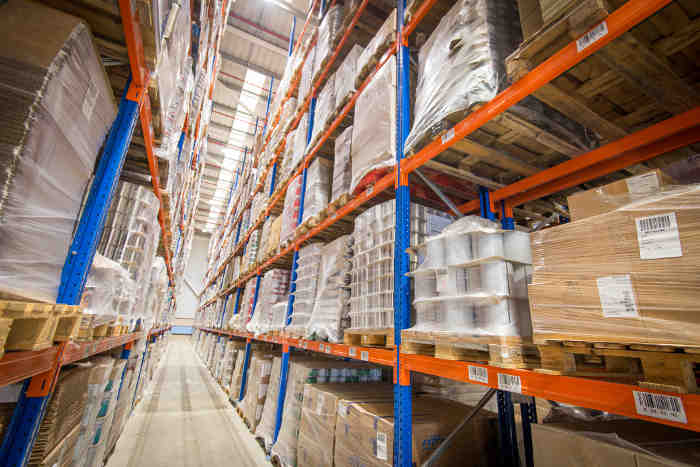The Shuttle Racking System is a industrial racking solution that can be semi-automatic or automatic, consisting of a combination of components from conventional and compact rack storage systems.
This system is operated by a satellite trolley, which is responsible for moving the unit loads within the channels.
By means of these systems and through the monitored trolleys, movements within the racking levels are carried out without requiring forklift trucks to enter the storage aisles, i.e. they operate completely autonomously.
Thanks to this industrial racking, we manage to reduce manoeuvring times in our warehouses. In addition, they reduce operating costs and increase the performance of the logistics process.
How does a semi-automatic warehouse with a satellite shuttle work?
It should be noted that, in this type of semi-automatic installation, operators intervene in the handling of the pallet forklifts and for the activation of the trolley operation. Once inside the racks, the satellite trolley moves automatically.
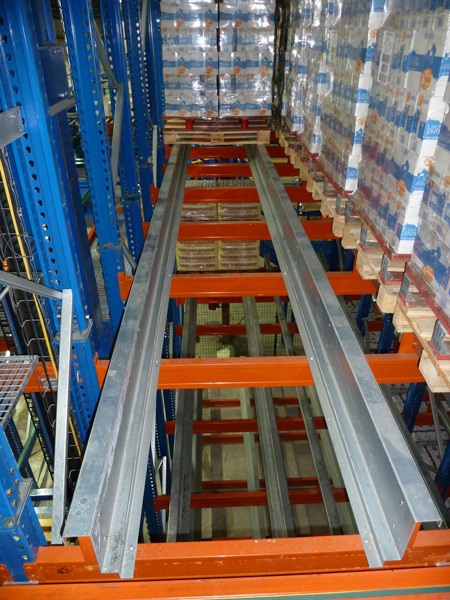
We distinguish 4 phases in the storage process operated by a satellite shuttle:
First Phase: The satellite trolley is deposited in the channel where we want to operate through the forklift truck.
Second Phase: Subsequently, the pallets are placed one at a time at the entrance of the channel from the forklift truck, supported on the load profiles.
Third Phase: In the third phase of the warehousing process, it is the operator who gives the order via a tablet for the satellite trolley to start loading operations.
The shuttle lifts the pallet on itself and moves horizontally until it reaches the first available location to deposit the load.
The movements of the loads are controlled by a number of very precise sensors.
Fourth Phase: Finally, the satellite trolley repeats the movement by returning to the start of the channel to pick up the next pallet, repeating this movement successively until it is full.
The trolley is removed before the last location is occupied and will repeat this process in the next channel where it needs to operate for the storage of loads.
What types of operations does the Shuttle racking system allow?
These semi-automatic compact rackinbg systems allow us to store with two types of operations:
- FIFO (First In, First Out): this procedure requires two access aisles, one for inputs and one for outputs, as the first pallet in is the first out.
- LIFO (Last In, First Out): unlike the previous procedure, the last pallet to enter is the first to leave, so both loading and unloading are carried out through the same access.
What are the advantages of the Shuttle racking system?
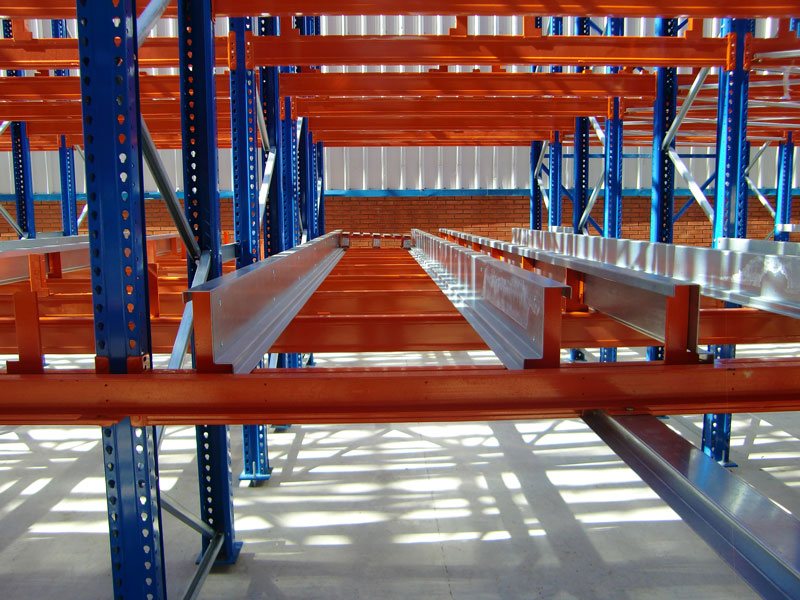
The advantages offered by satellite trolley operated storage systems are:
- Savings in available space, as more pallets can be stored in depth.
- Thanks to the detection sensors through which the loads are located, empty spaces in the storage lanes are eliminated.
- Reduction of times in the loading and unloading of goods, since the movement of operators through the aisles is eliminated.
- Optimisation of operator movements, as it is the load that moves towards the operator (product-to-operator system).
- Increased flow of incoming and outgoing loads in the warehouse.
- Operators can search for another pallet while the satellite shuttle works autonomously.
- Elimination of errors
- Ease of maintenance and use of the system.
- Cost savings derived from the previous advantages and also due to lower energy consumption.
- They offer great versatility, thanks to the handling of different types of pallets, FIFO and LIFO procedures…
- Safety, since the forklifts do not have to enter the lanes, which reduces the risk of accidents, and the metal structures are not damaged, so maintenance is also reduced.
In summary, the Shuttle racking system is a semi-automatic accumulation storage system that can be designed under two principles (LIFO and FIFO) and provides a series of outstanding advantages such as: time saving, space saving, increased productivity and safety, cost saving and great versatility.
At Noega Systems we are dedicated to the design, manufacture, installation and inspection of metal and industrial racking and all types of storage systems. If your company needs advice in this area, do not hesitate to contact us.
